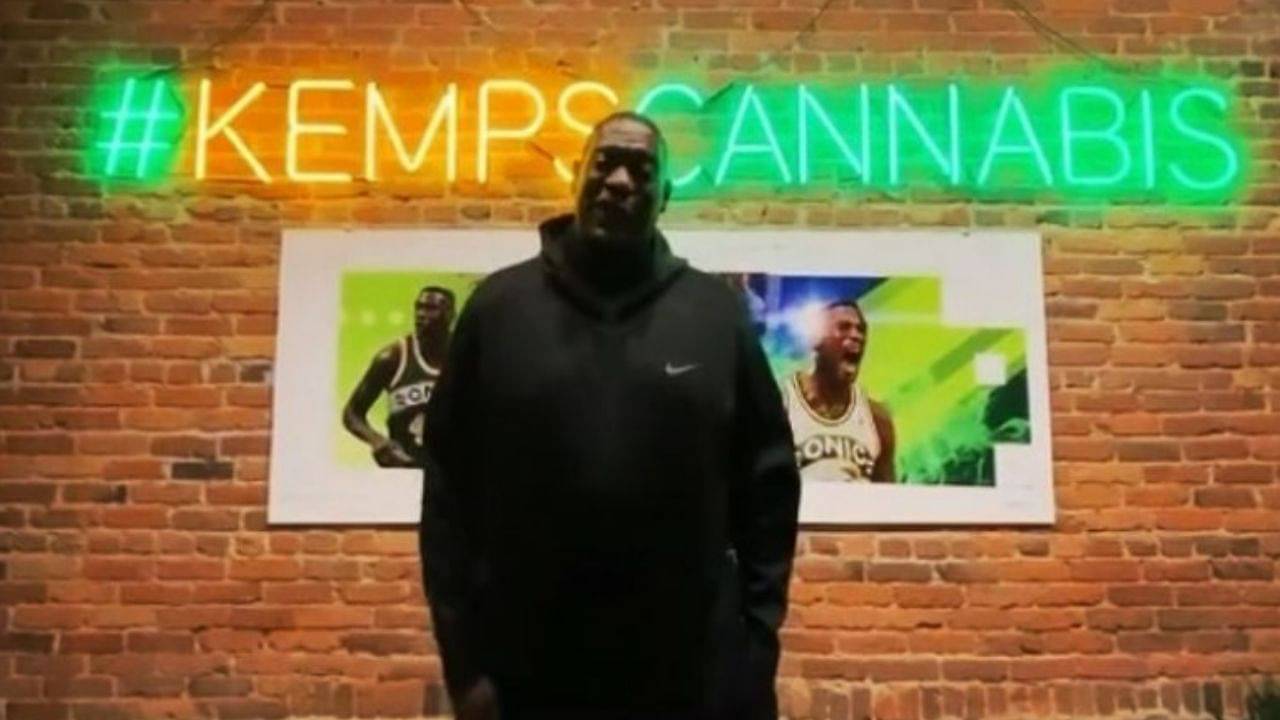(CBS Philadelphia) – The updated child tax credit is slated to begin in a few days. Starting July 15, the Internal Revenue Service (IRS) will send most parents up to $ 300 per month per child, as outlined in the American Rescue Plan. That extra cash, like recurring economic checks, will help families in trouble get by. When the check arrives, it can even mean the difference between eating and not eating, or paying and not paying the rent.
The improved child tax credit will be available to approximately 39 million families, equivalent to 65 million children, according to the Biden government. That covers around 88 percent of the country’s youth. According to census data from mid-June, around 13 percent of households with children were faced with food insecurity due to lack of money. According to the same data, around 20 percent of rental households with children were behind with their rent. Early estimates by the Center on Budget and Policy Priorities suggest that the expansion of the child tax credit will bring 4.1 million children past the poverty line.
CONTINUE READING: Child Tax Credit: How to Turn Off Monthly Prepayments
How much do they get?
The IRS pays parents of children under five years of age $ 3,600 per child, half as six monthly payments and half as a 2021 tax credit. That amounts to $ 300 per month through 2021 and 1,800 the next year at tax time U.S. dollar. The amount changes to a total of $ 3,000 for each child ages six to 17, or $ 250 per month and $ 1,500 at tax time. The IRS makes a one-time payment of $ 500 for dependents aged 18 and over or full-time students aged 24 and under.
Payments are determined based on the Modified Adjusted Gross Income (AGI) that is included in the parents’ tax return for 2020. (AGI is the sum of wages, interest, dividends, alimony, pension distributions, and other sources of income minus certain deductions such as interest on student loans, alimony, and pension contributions.) $ 1,000 annual income over $ 75,000 for an individual and over $ 150,000 for a married couple. The service is refundable, ie it is independent of the current tax burden on the recipient. Eligible families receive the full amount regardless of what tax they owe. The number of relatives entitled to benefits is unlimited.
“They essentially opened it up to people with no taxable income, even non-applicants,” said Stephen Nuñez, lead researcher on guaranteed income at the Jain Family Institute, an applied research organization in the social sciences. (Nuñez is studying monetary policy, which involves fieldwork to answer policy-related questions about the social safety net.) “And they raised it to $ 3,000 per child if they are over six years old and to $ 3,600 for children zero to five . So this represents a pretty significant increase in the generosity of benefit that researchers believe will have a huge impact on child poverty. Some estimates suggest that this achievement alone can lower the child poverty rate by around 40%. And of course, this means extra money for middle-class households that don’t fall below the federal poverty line but are still struggling to make ends meet. “
“It shows that the United States is creating something like child support, something that many other countries are doing,” Nuñez continues. “Canada, UK, Spain, Germany, they have had tremendous success in reducing child poverty and have received long-term benefits from doing so. Because research shows that if you reduce child poverty, these children will become healthier, more productive, and better educated adults. And of course that’s great for business and it’s great for society. “
What will it do for families?
While food and shelter are obvious ways to use the extra child tax credit, there are many other ways it can help with raising and caring for children. An additional $ 250 or $ 300 per month could allow a parent to drive to and from work or childcare while at work. In other words, it could make a job possible.
CONTINUE READING: Child Tax Credit: When Will Your Check Come?
Many families are a surprising expense away from financial ruin. And the costs don’t have to be high for a family on a tight budget. An extra few hundred dollars a month could enable parents to build up some sort of rainy day fund if life hits an unexpected blow.
Job loss can have devastating consequences for a household. The loss of state unemployment benefits in the absence of a job can be just as devastating. Almost half of American households affected by unemployment are children. It seems like a coincidence in time that the updated child tax credit will begin soon after many states stop accepting the federal unemployment benefit bonus for their citizens. A total of 22 states canceled the $ 300 weekly benefit ahead of the official Labor Day end date. Four more will finish it off in the coming weeks. The extra money from the child tax credit will make up for some of the money the unemployed person loses.
The results of a recent basic income experiment give even more indications of the benefits of these child tax credits. The city of Stockton, California sent $ 500 a month to a group of families who earned less than the city’s median income of $ 46,000 a year. Families spent most of the money on essentials, including groceries, bills, and household items. The extra cash also reduced income volatility and likely the stress of not knowing when the next paycheck would arrive or how high it would be. It also had a positive effect on health, happiness and fear without reducing the will to work.
“It is good that we are reducing poverty,” says Yeva Nersisyan, associate professor of economics at Franklin & Marshall College. “And the fact that we could cut it with a tax credit increase that isn’t dramatic – we could almost double it, but it’s not that much in dollars – so the fact that we could have and we didn’t I used to find it kind of outrageous. But it also tells you that the way we think about poverty – the poverty line where we put it (which is an annual income of $ 26,500 for a family of four) – is not exactly realistic. “
“That’s why you can overcome the poverty line with a little more money,” continues Nersisyan. “But that doesn’t necessarily mean that you aren’t poor in the more realistically sense.”
MORE NEWS: Child Tax Credit: Are You Eligible for a Monthly Review?
First published Wednesday, June 23, 2021 at 5:59 p.m. ET.







:quality(70)/cloudfront-us-east-1.images.arcpublishing.com/cmg/BPEI2QQ76SHPPOW6X6A6WHEGX4.jpg)
















:quality(70)/cloudfront-us-east-1.images.arcpublishing.com/cmg/GLQND2AXQQO2G4O6Q7SICYRJ4A.jpg)


/https://specials-images.forbesimg.com/imageserve/618720992e41c4973abab648/0x0.jpg)


